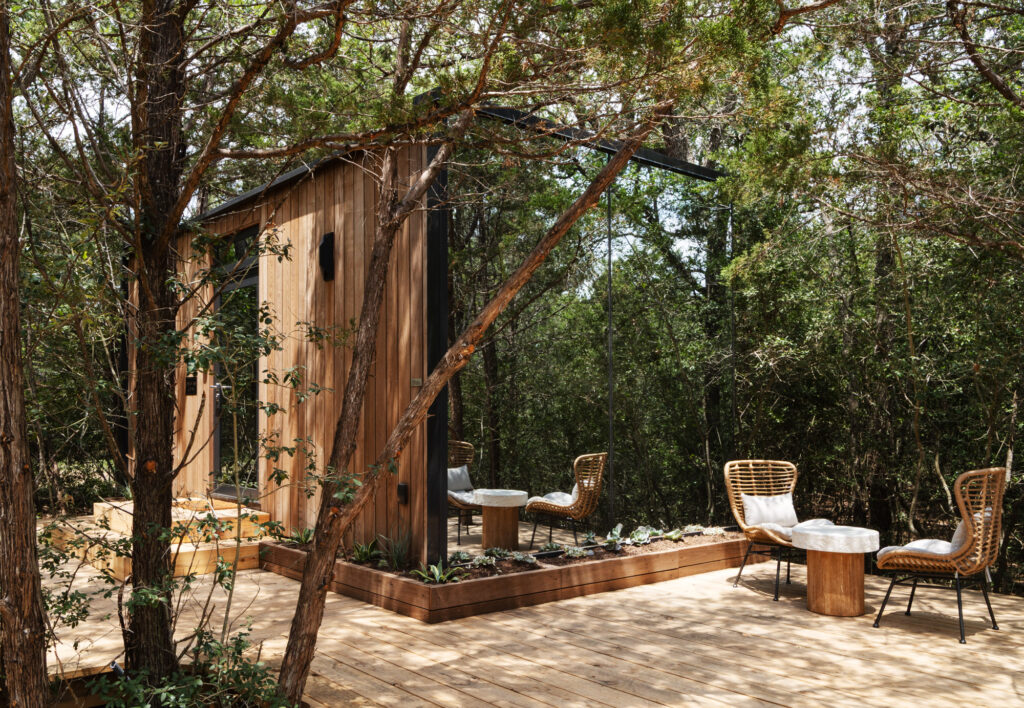
Design for a Changing Climate
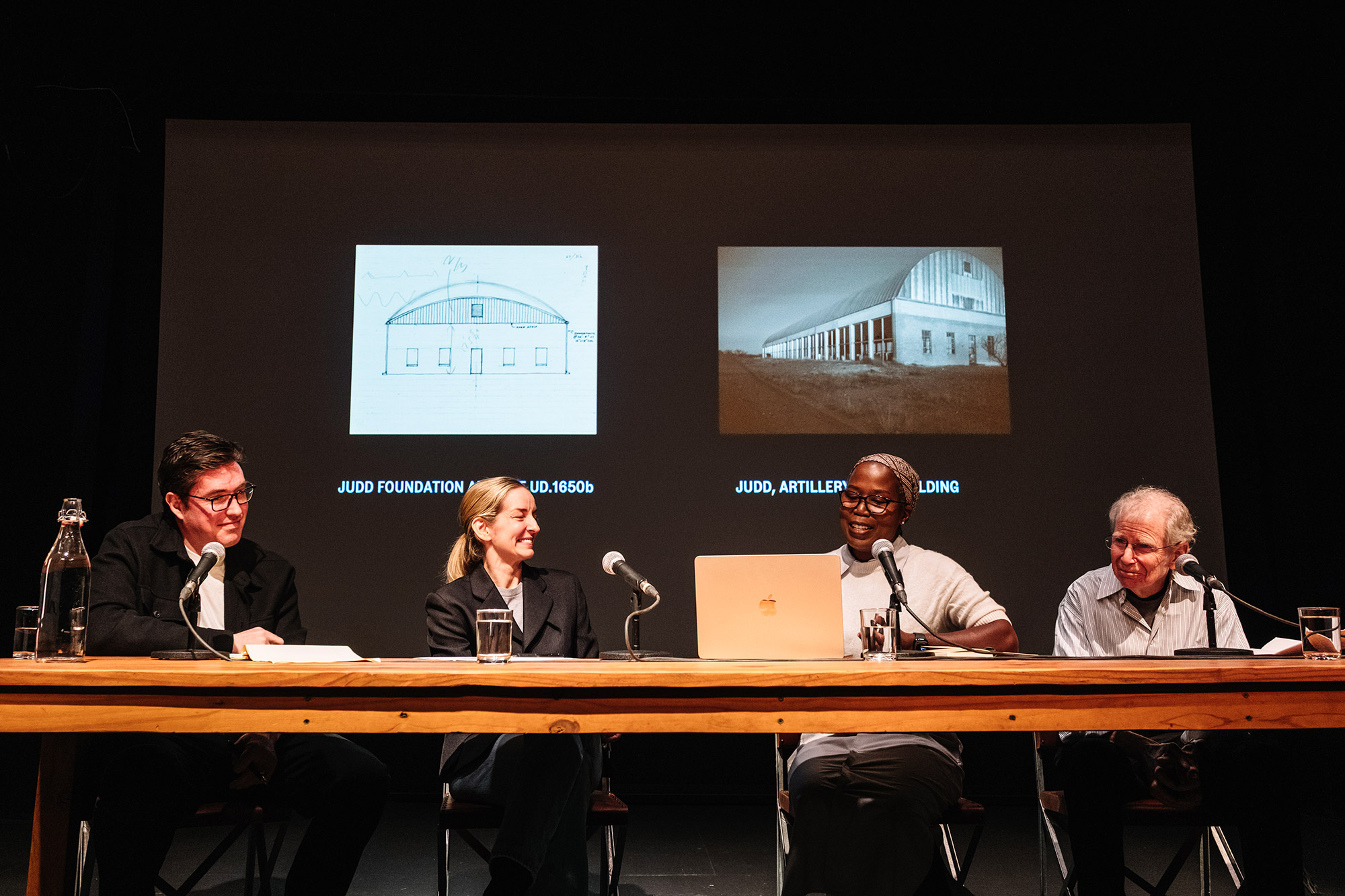
From April 4 to 6, 2025, the dusty West Texas town of Marfa became the site of a rich interdisciplinary exchange during Part I of Art in Context: Art, Architecture, and the Middle Landscape. This symposium—co-hosted by the Chinati Foundation and the Rice School of Architecture—brought together a diverse group of artists, architects, historians, curators, and engineers to examine the distinctive convergence of art, architecture, and landscape that defines both the Chinati Foundation and the legacy of artist Donald Judd. The audience—an intimate gathering of around 250 (plus viewers live-streaming)—was a veritable who’s who of contributors to the fields of art and design.
Now in its seventh iteration, the symposium focused on the former artillery sheds at Chinati, which house Judd’s 100 untitled works in mill aluminum (1982–86)—an iconic installation and a touchstone of his vision. Organized by Caitlin Murray (executive director of the Chinati Foundation), Stephen Martin (director of preservation and planning at Chinati), and Troy Schaum, AIA (associate professor at the Rice School of Architecture), the event aimed to explore both the historical significance of Judd’s interventions and current preservation efforts.
Murray opened the symposium by invoking Judd’s belief that “space is made.” Referencing his 1994 essay Some Aspects of Color in General, and Red and Black in Particular, she emphasized that the space surrounding the work is as significant as the work itself. “By the touching of surfaces,” noted Murray, “space around the work itself came into being, and with it, context.” Judd’s conviction that space is created—not merely found—emerged as a central theme of the weekend’s discourse. While such conversations often feel most suited to the ivory tower, they take on urgent, practical meaning in the context of preservation. Questions of intent versus execution, and the very boundaries of what is being preserved, become critical.
The program opened Friday with a keynote by Carme Pigem, co-founder of the Pritzker Prize–winning RCR Arquitectes. Her talk reflected on architecture as a sensorial and environmental act, echoing Judd’s commitment to uniting interior experience with the surrounding landscape.
Saturday featured two panel discussions. The first, moderated by critic Julian Rose, included presentations by Rice professor Shantel Blakely, curator Erica Cooke, and UT Austin professor Richard Shiff. The second panel, led by landscape architect Maggie Tsang, brought together Rosetta Elkin and Rice professor Fabiola López-Durán to examine ecological and design considerations surrounding Chinati’s physical environment. Their discussion stood out for challenging the reductive notion of landscape restoration as a return to a singular, idealized view of nature.
Saturday also included keynote addresses by Mexico City–based architects Tatiana Bilbao and Alberto Kalach, whose work is deeply informed by cultural context and natural systems. During Kalach’s talk, an unseasonable snowstorm swept through Marfa, knocking out the power mid-presentation. Kalach continued undeterred—speaking without slides and illuminated only by a single emergency light, creating an impromptu atmosphere reminiscent of stories told around a campfire.
The symposium concluded Sunday with a conversation between artist Larry Bell—whose work Judd once described as “a visible space modified by a phenomenological aspect that has become an important new aspect”—and author Randy Kennedy. A technical panel, moderated by Martin and Schaum, brought together engineers and preservation specialists to discuss the complexities of maintaining Judd’s vision. Artist Christopher Wool, a former Chinati artist in residence, joined curator Anne Pontégnie for a discussion on the exhibition See Stop Run, moderated by poet and proprietor of the Marfa Book Company, Tim Johnson. Closing remarks were delivered by Schaum and Rice School of Architecture dean Igor Marjanović.
Recordings of the sessions are available for streaming on the Chinati Foundation’s website. Part II of Art in Context will take place at the Rice School of Architecture in Houston on November 14 and 15, 2025. In Judd’s spirit, the symposium celebrated space not as a passive container but as a made, shaped, and deeply considered context—where art, architecture, and landscape meaningfully converge.

Anastasia Calhoun, Assoc. AIA, NOMA, is the editor of Texas Architect.

Design for a Changing Climate

Reimagining the Courtyard House
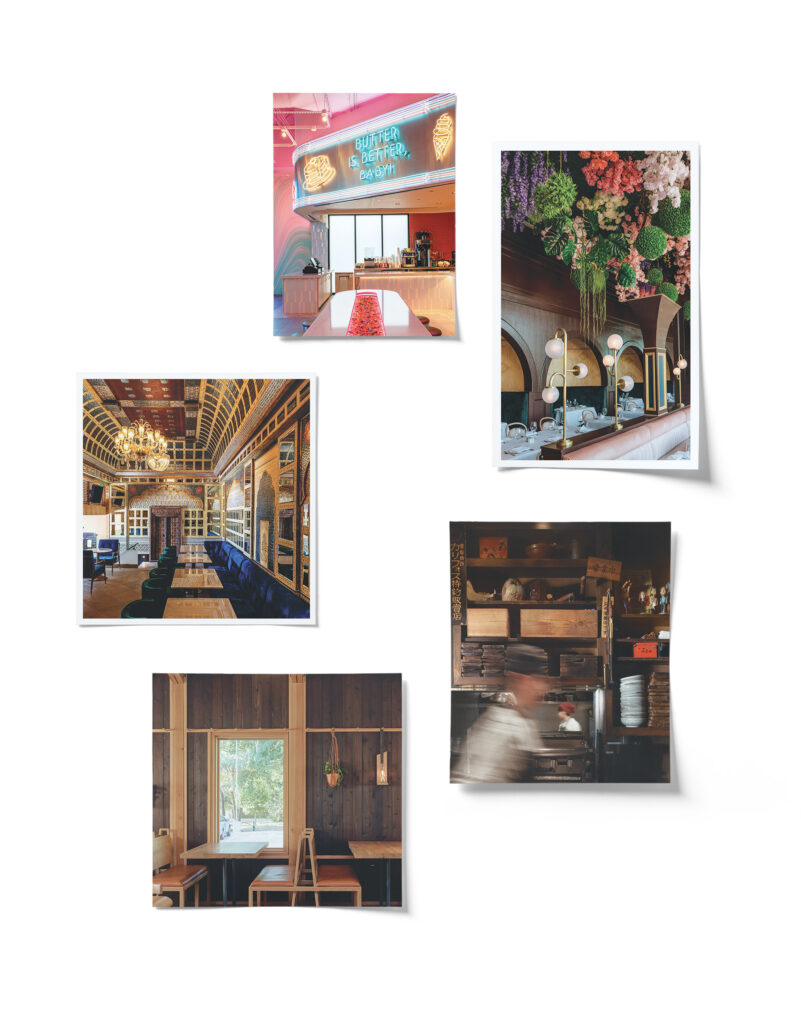
Shaping the Culinary Experience

Modern Hospitality Meets Cultural Legacy
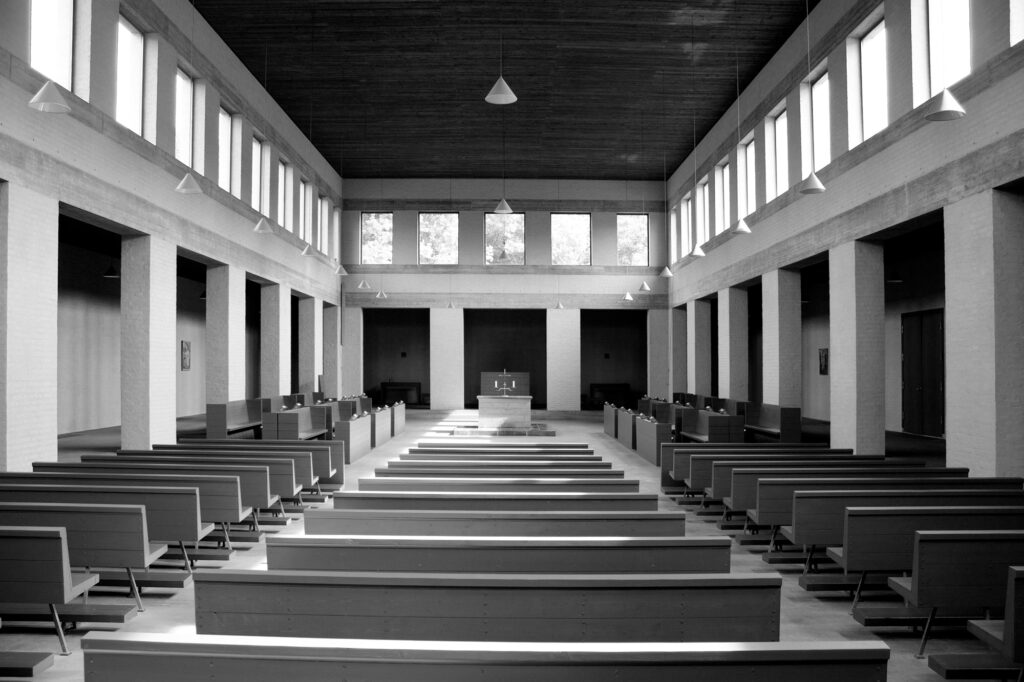
At the Intersection of Neuroscience and Design

Snøhetta Transposes the Borderland

Designing for Neurodiverse Students
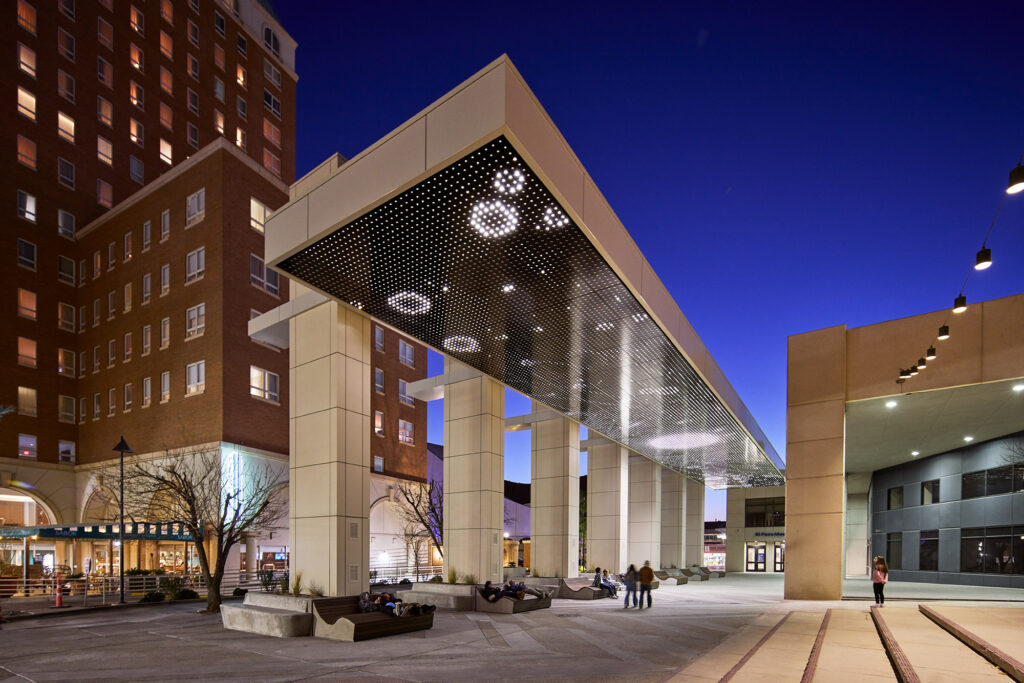


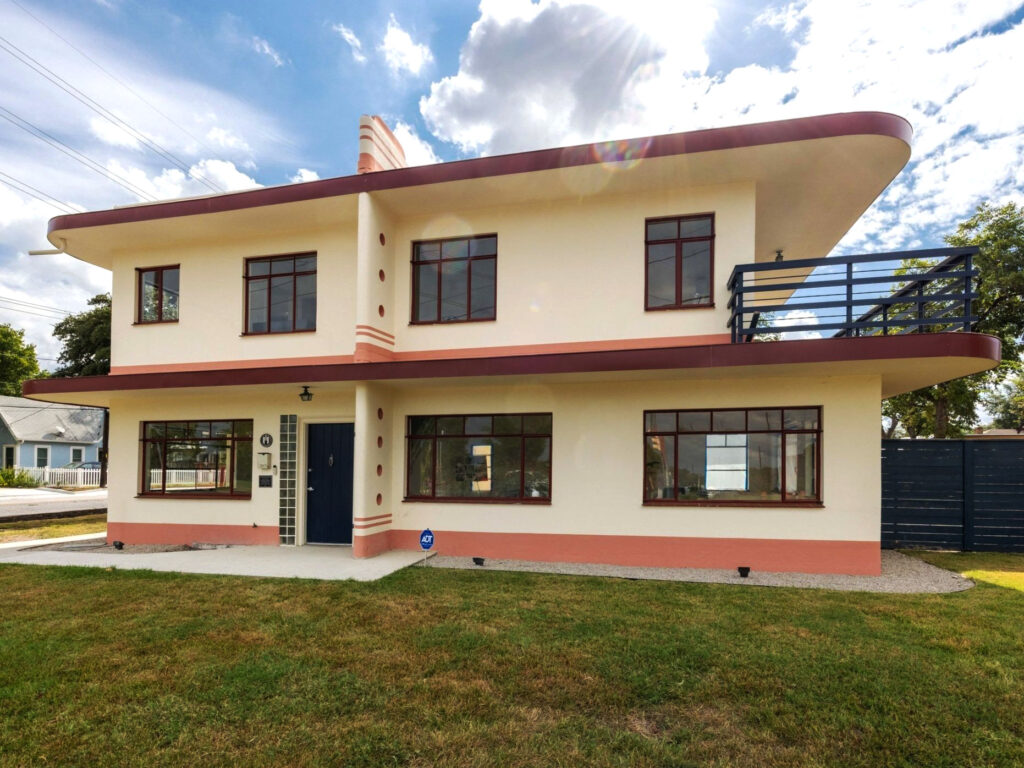
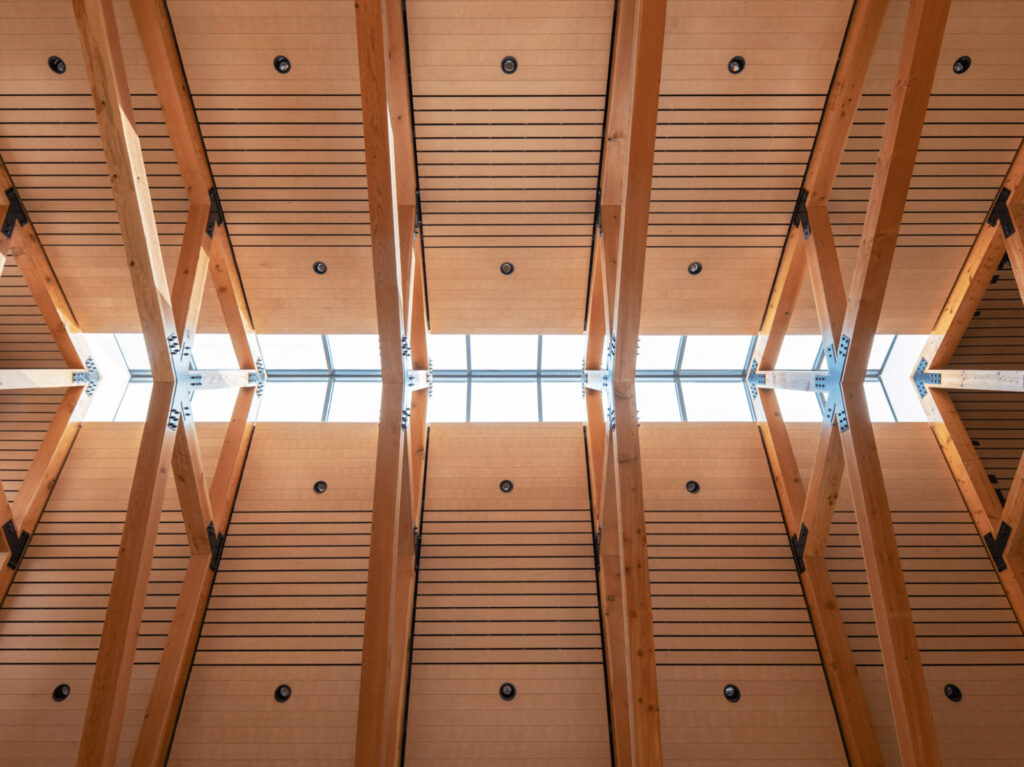
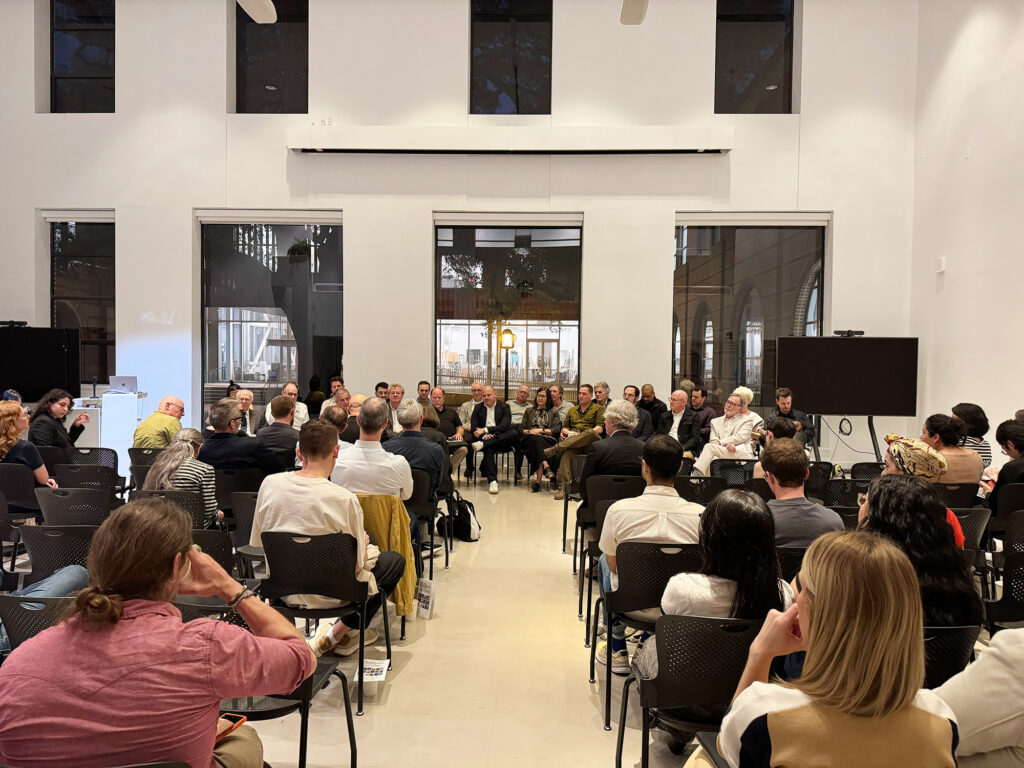
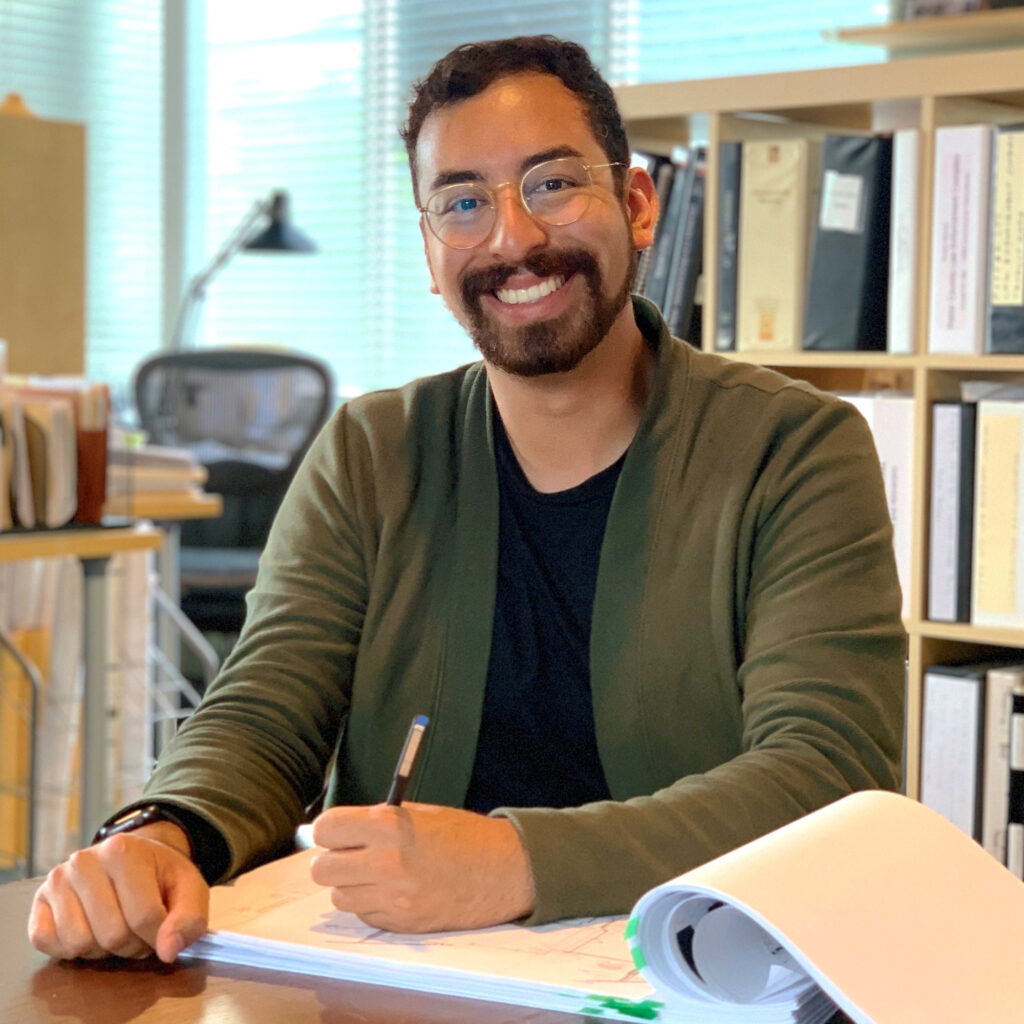
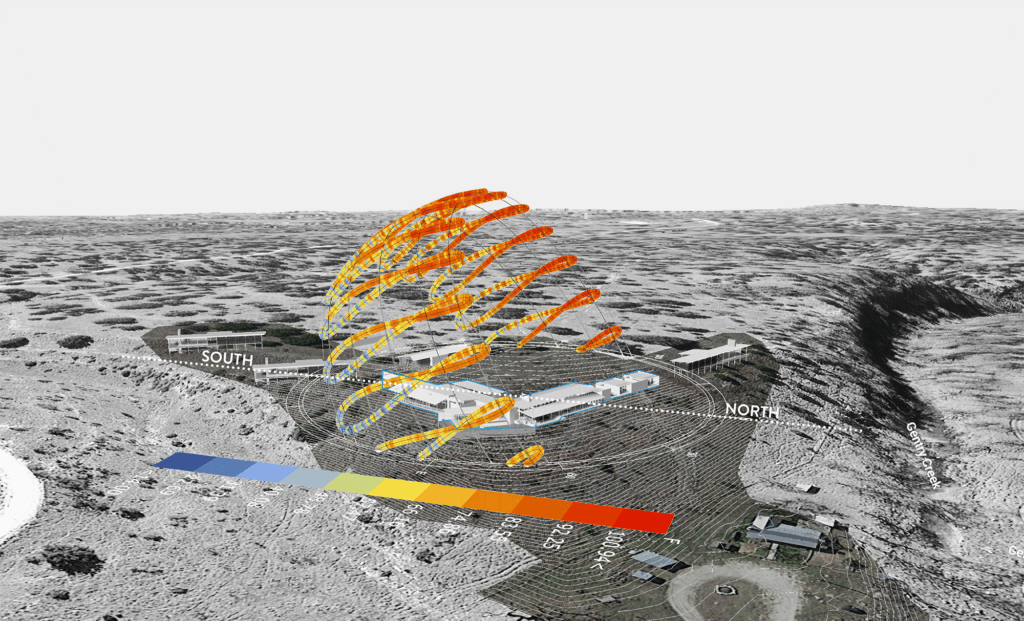
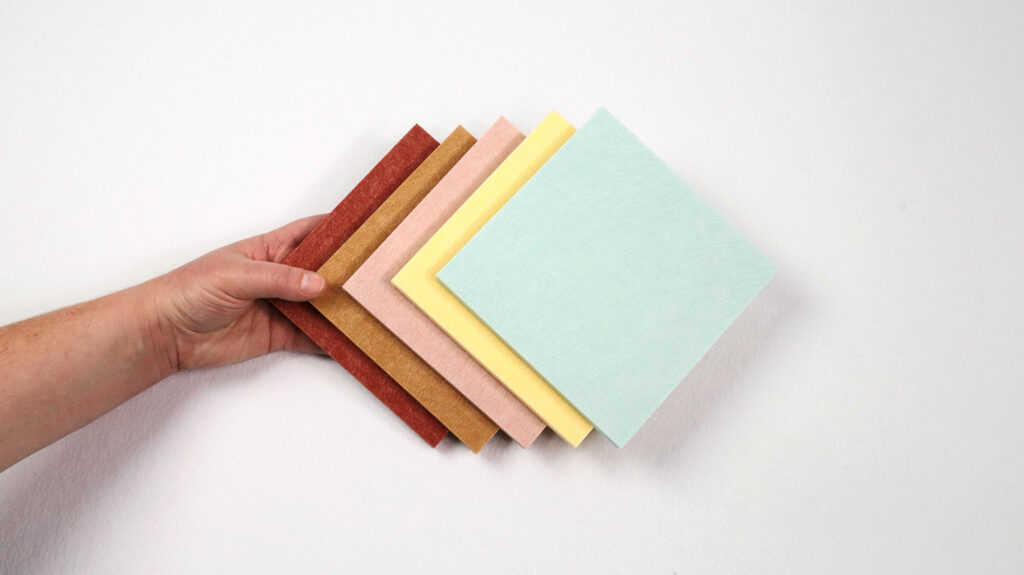
These finishes and furnishings focus on the power of color to influence mood, productivity, and overall well-being.
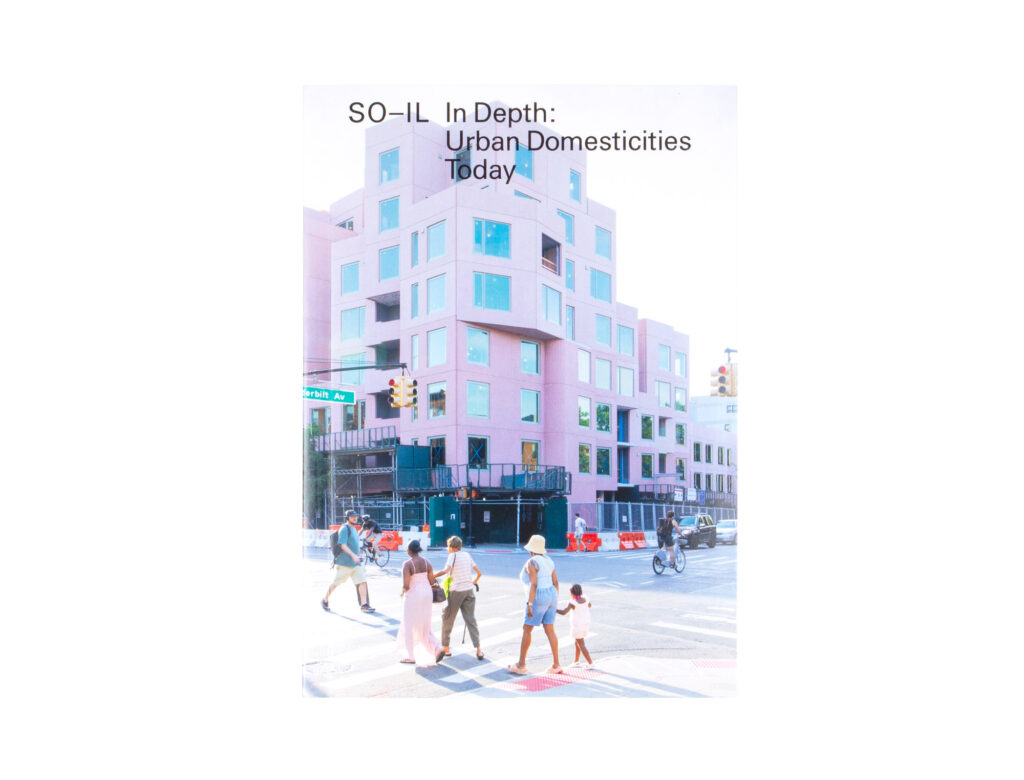
In Depth: Urban Domesticities Today
Edited by Florian Idenburg, Jing Liu, et al.
Lars Müller, 2025

Concrete Architecture
Phaidon Editors, with Sam Lubell and Greg Goldin
Phaidon, 2024
